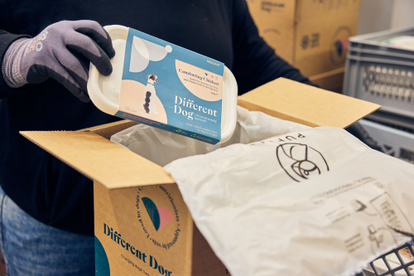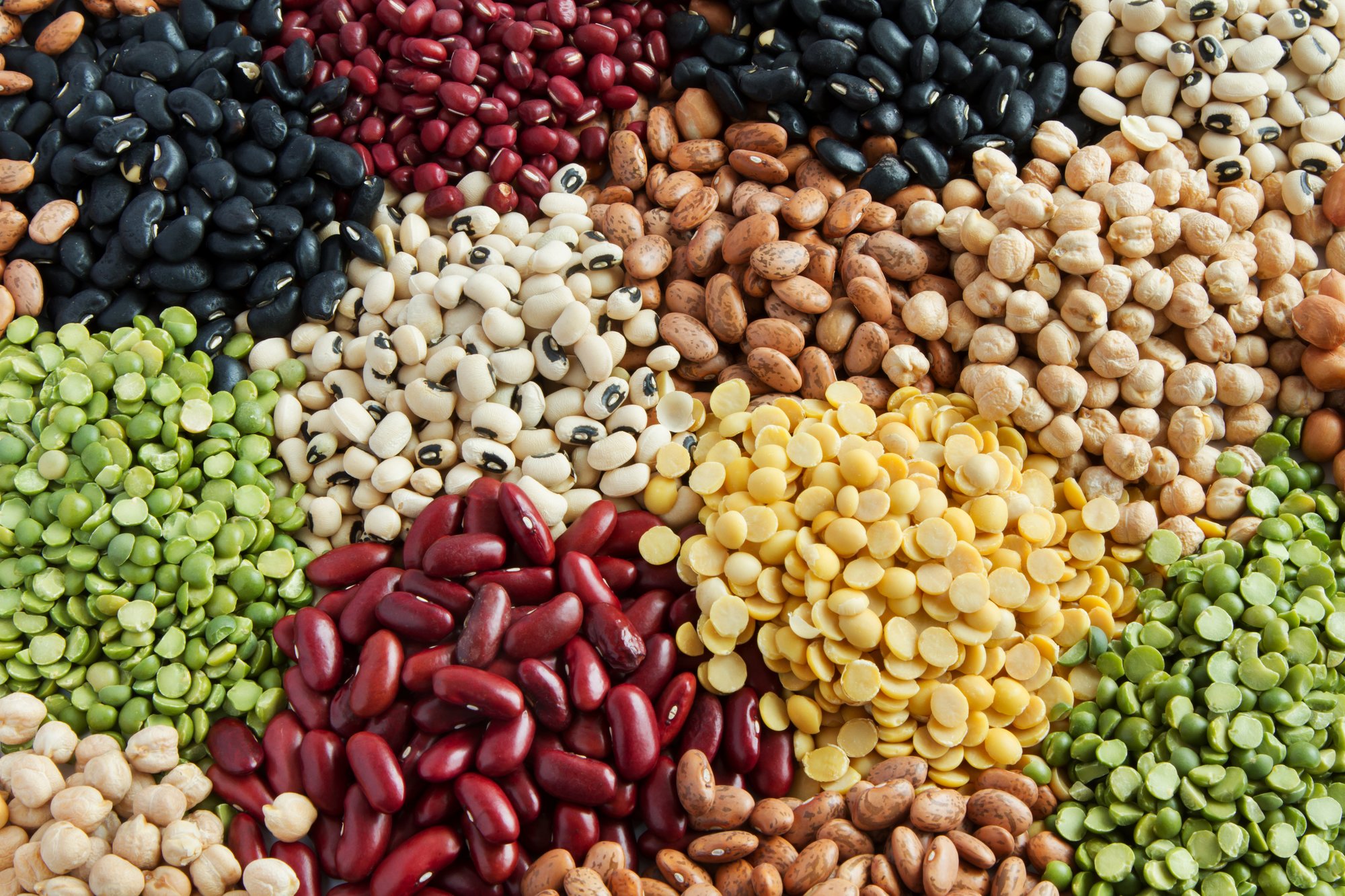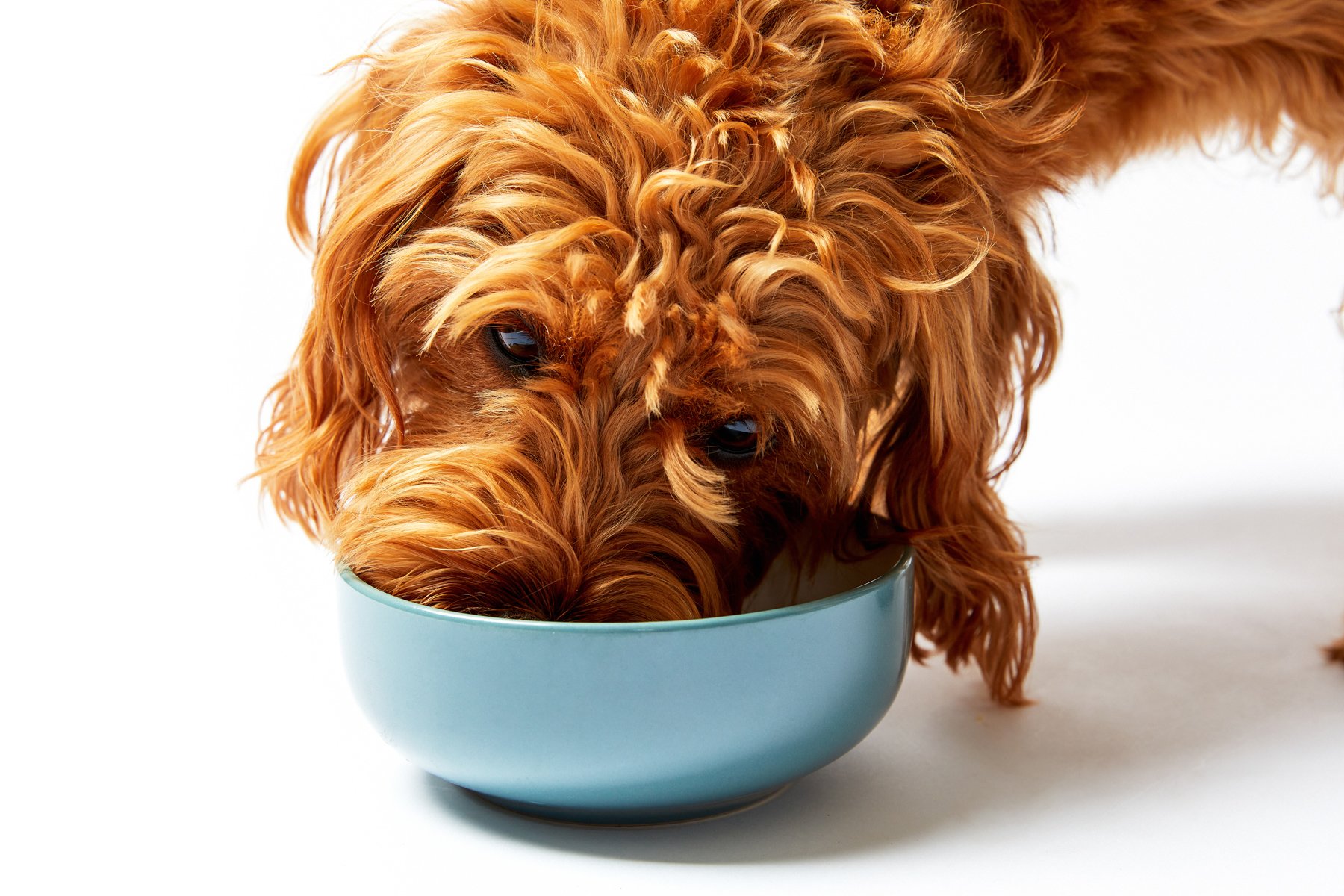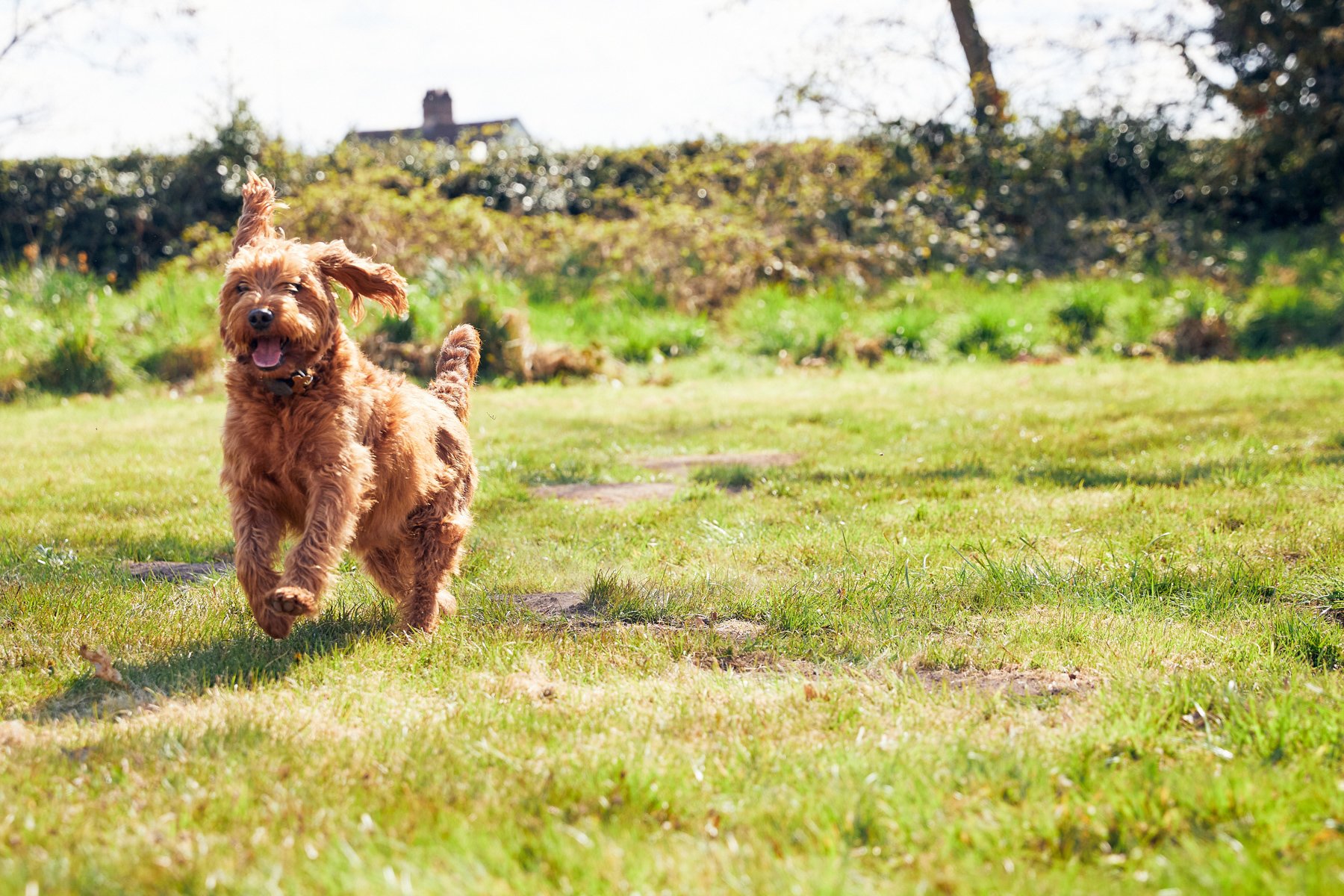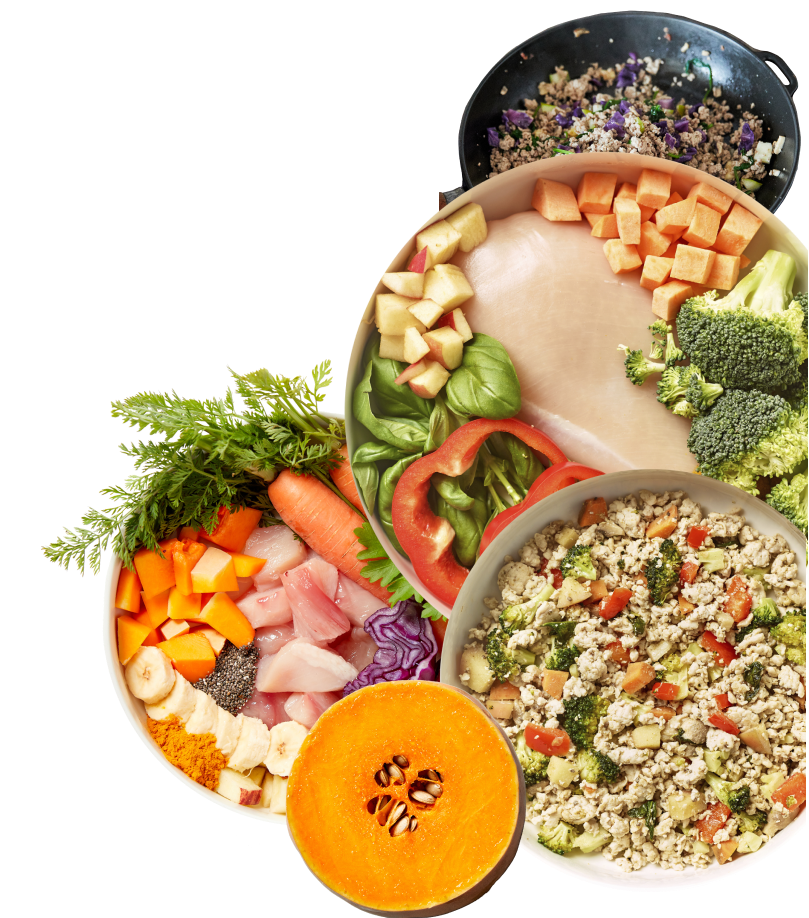Are legumes good or bad for my dog?
Over the last 10 years or so, legumes such as lentils and peas have become increasingly popular in dog foods as an alternative to adding grain. They’re readily available, low in cost, and increase the protein content of the food, and have therefore become a firm favourite with dog food manufacturers. But are they healthy for your dog?
When we first started creating our Different Dog recipes alongside our canine nutritionist, Bianca, she was very adamant that if our goal was to create the most nutritious dog food we can, we should avoid legumes. Read on to find out why.
What are legumes?
The legume family consists of plants that produce a pod with seeds inside. The term “legume” is used to describe the seeds of these plants.
The most common types of legume are:
· Lentils
· Peas
· Chickpeas
· Beans
· Soybeans
· Peanuts
Why are legumes bad for dogs?
Legumes aren’t species appropriate for our facultative carnivores (in other words, their stomachs aren't designed to eat this type of food). Legumes are often used as a cheap filler ingredient to increase the protein percentage in pet foods, and are high in Phytates which are also an anti-nutrient. This means they can actually block the absorption of key vitamins and minerals when our dogs are digesting their food.
Phytates
Phytates are an antioxidant found in legumes, which bind to many minerals such as zinc, iron, magnesium, and calcium, preventing your dog from absorbing these important minerals and causing a risk of mineral deficiencies.
Lectins
Lectins are a group of proteins that are found in peas and lentils. Dogs are unable to digest lectins, and it’s this indigestibility which can cause problems. Studies suggest Lectins can cause digestive distress and immune responses due to them damaging the gut wall and making it “leaky”. This allows other molecules to pass through the gut wall and hinders the absorption of nutrients. Once in the bloodstream, these foreign molecules can trigger an immune response.
This can cause symptoms such as:
· bloating, gas, and tummy cramps
· skin rashes
· joint pain
· tiredness
· allergy like symptoms
· vomiting
· diarrhoea
Lastly, legumes have even been associated with serious health conditions such as Dilated Cardiomyopathy (DCM).
Can legumes cause any health issues in dogs?
Legumes can be part of a healthy diet for your dog in low amounts, however, higher amounts of legumes in dog food have been associated with negative health issues such as those listed above.
When evaluating a food, always look at the ingredient list and check they haven’t “ingredient split”, for example listing red lentils and green lentils separately so they appear lower in the ingredient list. This is a tactic often used by dog food manufacturers to make it appear they have less lentils in their food than they actually do.
Different Dog’s food recipes
Different Dog is a fresh, complete food cooked by chefs using the same cooking processes you use at home, never with any grains, legumes or cheap fillers. Our recipes are developed by our in-house vet and nutritionist to ensure they are nutritionally complete for your dog. Spend just two minutes telling us about your dog here and we’ll calculate their tailored feeding guide with how many grams to feed per day.
We have 12 different recipes to choose from and they all contain 60% meat, with the rest made up of vegetables, fruits, and superfoods. No fillers, legumes, preservatives, colourants, or nasties. Just simply drool-worthy real food that lives in the fridge and freezer.
To learn more about our food visit here, or see our full range of recipes here.
We think you'll like these stories too
